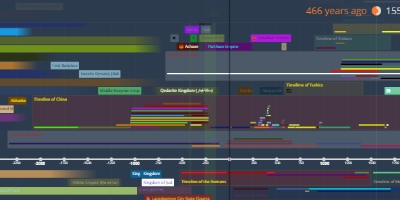County of Edessa (Comitatus Edessanus) (jan 1, 1098 – jan 1, 1144)
Description:
The County of Edessa (Latin: Comitatus Edessanus) was one of the Crusader states in the 12th century. Its seat was the city of Edessa (present-day Şanlıurfa, Turkey).In the late Byzantine period, Edessa became the centre of intellectual life within the Syriac Orthodox Church. As such it also became the centre for the translation of Ancient Greek philosophy into Syriac, which provided a stepping stone for the subsequent translations into Arabic. When the Crusades arrived, it was still important enough to tempt a side-expedition after the siege of Antioch.
Baldwin of Boulogne, the first Count of Edessa, became King of Jerusalem, and subsequent counts were his cousins. Unlike the other Crusader states, the County was landlocked. It was remote from the other states and was not on particularly good terms with its closest neighbor, the Principality of Antioch. Half of the county, including its capital, was located east of the Euphrates, far to the east, rendering it particularly vulnerable. The west part of the Euphrates was controlled from the stronghold of Turbessel. The eastern border of Edessa was the Tigris, but the County may not have extended quite that far.
The fall of Edessa in 1144 was the first major setback for Outremer and provoked the Second Crusade. All the later Crusades, however, were troubled by strategic uncertainties and disagreements. The Second Crusade did not even try to recover Edessa, calculating it to be strategically better to take Damascus. But the campaign failed and Edessa was lost for the Christians. Today, the city is called Şanlıurfa and is part of modern-day Turkey; it retains very little of its former importance to Christianity. The Oriental Orthodox community largely disappeared after the Armenian genocide during World War I.
Added to timeline:
Date:
jan 1, 1098
jan 1, 1144
~ 46 years
